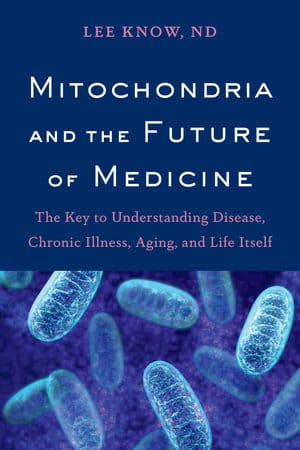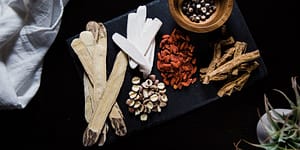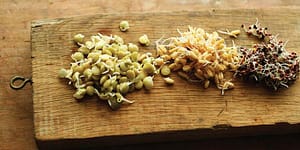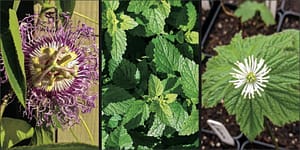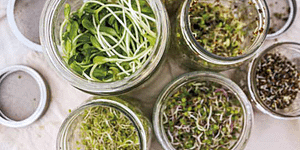Mitochondrial Theory: Setting the Mitochondrial Thermostat
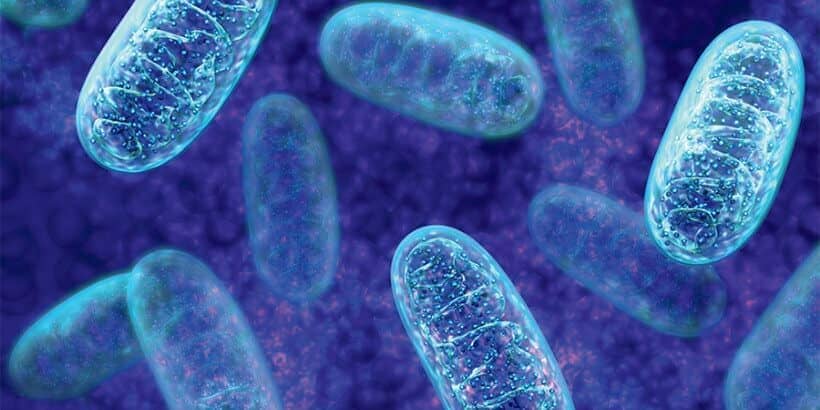
In his new book, naturopathic doctor Lee Know takes a deep dive into how our mitochondrial work and the implications this system has on a number of age-related conditions including heart disease, diabetes, and neurodegenerative diseases.
The following excerpt is from Mitochondria and the Future of Medicine by Lee Know, ND. It has been adapted for the web.
A modern version of the Mitochondrial Theory of Aging was initially put forth by Anthony Linnane, an Australian professor and scientist, back in the late 1980s. The theory has gone through some further modifications since then, but its main point remains that mitochondria are the body’s main source of free radicals that are linked to aging.
Free radicals don’t damage the cell as much as we think. We produce a number of antioxidant enzymes that mop them up, and if a cell does get damaged, there are repair mechanisms constantly at work. But the free radicals linked to aging do specifically damage the mitochondria, and especially their vulnerable DNA, which doesn’t have the repair mechanisms the rest of the cell has. When the damage accumulates faster than a mitochondrion can repair itself, it becomes dysfunctional—the first step in aging. In essence, this theory says the mitochondria are the “biological clock.” As the mitochondria start to weaken and eventually die, the functioning and viability of the cell as a whole declines. As cells lose their ability to produce energy, they commit apoptosis—that is, they die—which then compromises the functioning and viability of the tissue or organ.
As random mutations in mitochondria accumulate, a bioenergetic mosaic develops—where cells all produce a drastically differing amount of energy, depending upon their degree of mitochondrial damage. In a healthy toddler, we do not see this mosaic because energy production is high in nearly all cells. However a noticeable mosaic effect develops after about age forty.
Linnane’s theory holds that this mutation-driven bioenergetic decline is a major factor in the degenerative diseases and general frailty of old age. Recent research from numerous disciplines has converged on the mitochondria as the center of cellular aging, giving more weight to the theory, and enhancing it. If the Mitochondrial Theory of Aging is correct, the foundation of cellular vitality lies in the mitochondria.
Moving Forward

Even the dietary supplements industry is on the wrong path with all its marketing of antioxidants. The antioxidant craze promotes these supplements as the cure for most ailments, and although it seems to be losing some steam, “antioxidant” is still a buzzword thrown around excessively to hopeful consumers. Also, as mentioned earlier, while antioxidants do have some benefits in certain diseases according to some studies, other studies have found that large amounts can potentially do some harm. Just because they’re marketed as natural and healthy, doesn’t mean it’s good for you to use them indiscriminately or in excessive amounts.
If you mess with the mitochondrial thermostat, the cell can’t calibrate its response to stress appropriately.
In the long run this can’t be good, and it undermines nature’s protective processes. This mitochondrial thermostat also explains that while antioxidants might extend life in a sick population (relative to people with the same condition who are not receiving antioxidants), they fail to extend the maximum life-span potential of a species. Antioxidants are likely beneficial to extracellular components, at membrane surfaces, and maybe even in the cytoplasm of our cells, but it is highly unlikely they will be able to quench the free radicals leaking into the mitochondrial matrix.
Yet all the expanding knowledge about mitochondria gives us new hope and insight for treating illnesses. If all the genetic and environmental factors that lead to age-related degenerative diseases converge at the mitochondria, we just need to focus on one organelle. While newer research is revealing the intricate interaction between mitochondria and other organelles, such as peroxisomes and endoplasmic reticulum, we seem to be one big step closer to targeting the underlying mechanism behind many diseases, and even death itself.
Recent Articles
Easy rainbow coleslaw! Transform your salad game with this colorful recipe. It is surprisingly packed with flavor and is a great addition to your repertoire.
Read MoreLearning how to ask questions that will elicit relevant information is as much an art form as creating an herbal formula. Follow this broad list as a starting point.
Read MoreWant to start your own medicinal herb garden? Passionflower, lemon balm, and goldenseal are great places to begin! These herbs are jam-packed with medicinal properties and easy to grow in a majority of climates.
Read MoreSprouts are easy to cultivate, mature quickly and pack a nutritional punch! You can make nutrient-rich sprouts from all kinds of edible seeds in your kitchen.
Read More
